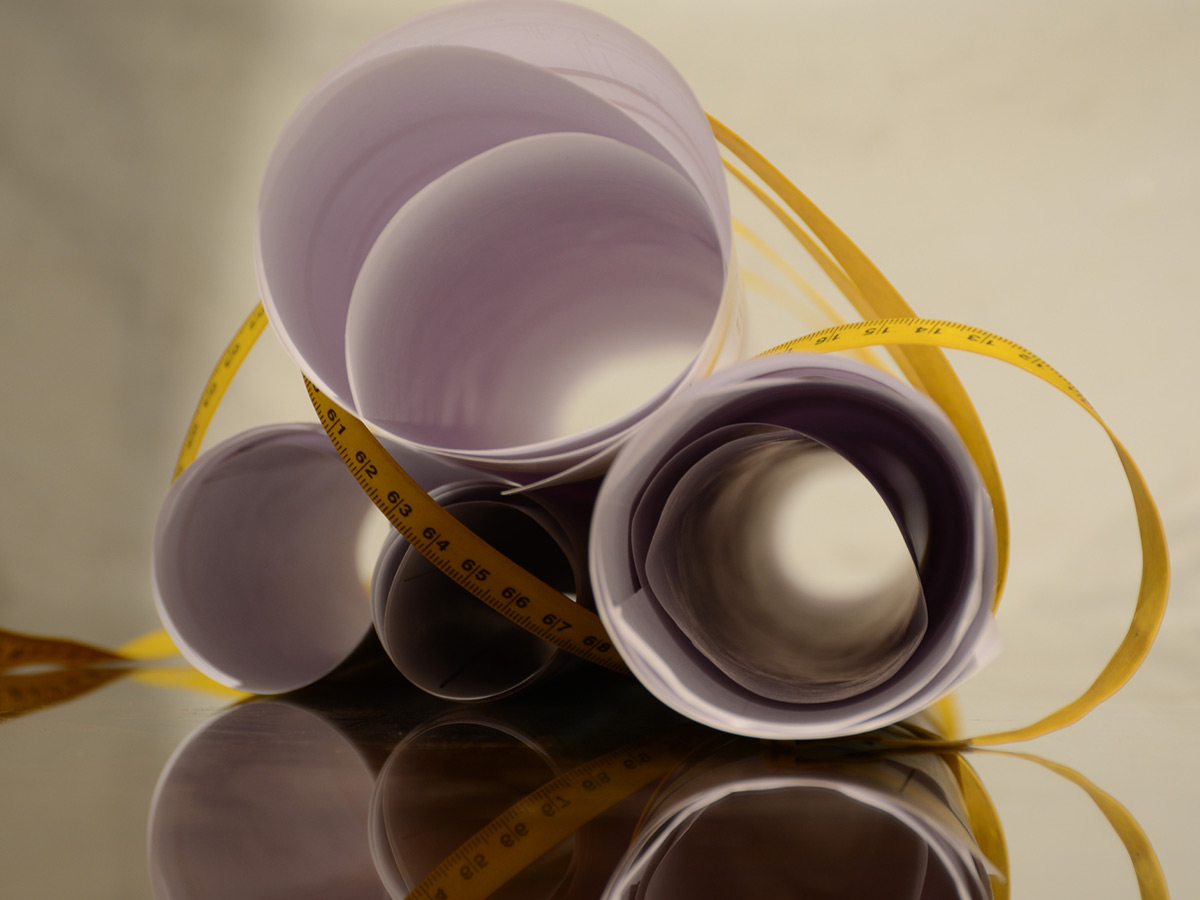
Permitting
Permitting
State waters are any waterway not confined to a single property
State law requires a minimum 25-foot buffer between state waters and land disturbing activities
The Clean Water Act prohibits anybody from discharging “pollutants” through a “point source” into a “water of the United States” unless they have an NPDES permit
Permitting
Dredge Permitting
Dredging is a common practice for many areas and waterbodies, particularly within our navigational waterways and coastlines. In many inland areas, dredging is not as well publicized largely in part to the scale or financial impact of a project. Regardless of the size or location of a dredging project, consideration for the proper permitting is a primary concern before beginning a project for your lake, pond, river, reservoir, or lagoon.
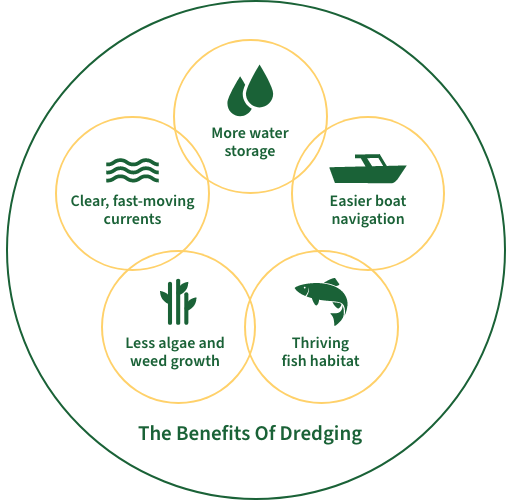
What permits do I need for dredging?
Owners ask this question and, “How much does dredging cost?” more than any others, and usually within the first consultation. The answer is related to why the question is asked so frequently. Permitting can range from very simple to very complicated. Dredge permitting depends on many of the following factors:
- type and method of dredging
- location of dredging
- composition of the material to be dredged
- disposal of the material
- access to the lake, stream, lagoon, etc.
- designation of the waterbody
- transportation and traffic control measures
- private or state waters
- depth of dredging
- discharge of the effluent from dredging
- endangered species affected by dredging
- archaeological and historical sites within an Area of Impact (AoI)
- zoning ordinances
- land disturbance activities required and area disturbed
With many factors in mind, many projects can be designed within the method to balance costs related to planning and obtaining permits. It is key to know the applicable regulations and apply for the proper permitting.
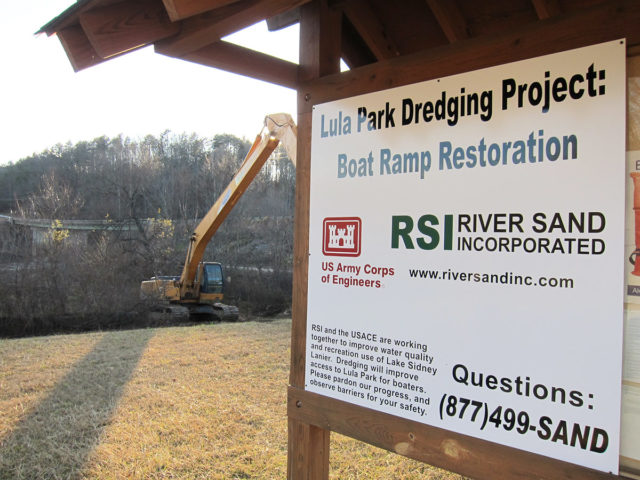
Permits for Dredging
Here is a list of regulators that a permit for a dredging project may be required:
- US Army Corps of Engineers (USACE)
- Local Issuing Authority (local city, town, county, or municipality)
- US Environmental Protection Agency (USEPA)
- State Environmental Protection Division (EPD), Department of Health and Environmental Control (DHEC), Department of Environmental Quality (DEQ)
- US Fish and Wildlife (USFWS)
- State Game and Fish or Department of Natural Resources (DNR)
- Federal Energy Regulatory Commission (FERC)
- Tennessee Valley Authority (TVA)
- Southern Company, Georgia Power, Duke Energy, and other EMCs

US Army Corps of Engineers (Section 10 and Section 404 of the Clean Water Act)
The US Army Corps of Engineers (USACE) is one of the primary regulatory agencies and resources for permits related to dredging. The US Environmental Protection Agency (USEPA) provided must of the framework under the Section 404 of the Clean Waters Act, along with Section 10 of the Rivers and Harbors Act. In general, Section 404 of the clean water act provides the framework to regulate the discharge of dredged or fill material into waters of the United States. The EPA, USACE, and USFWS work together and delegate responsibilities between themselves and state agencies related to the regulations. Many permits are considered nationwide permits but there are others that are regional or state based. The idea of these nationwide permits, such as NWP 16 or NWP 19, is to provide a streamlined approval process for certain activities. Dredging is often permissible within these guidelines with descriptions of the work within the framework.
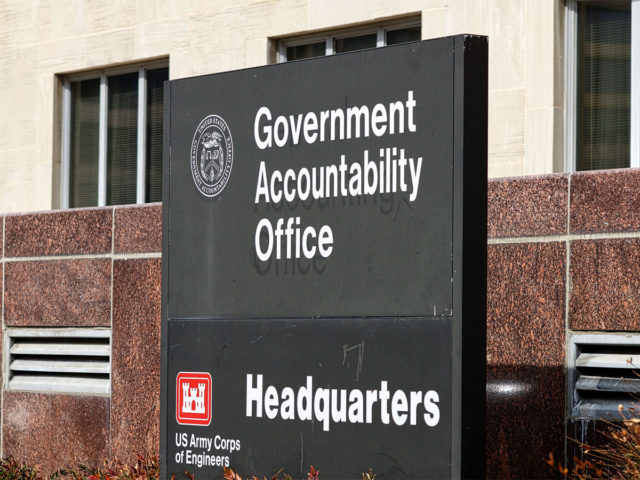
Local Issuing Authority Permits
The local issuing authority is the other key regulator as site access, disposal, and other potential land disturbing activities may require a land disturbance permit (LDP) with appropriate best management practices (BMPs).

Environmental Protection Division (EPD), Department of Environmental Quality (DEQ), Dept. of Health and Environmental Control (HEC), Dept. of Natural Resources (DNR)
Multiple state agencies are involved in further regulation of state waters, buffers, and land disturbing activity. State buffers includes most streams, lakes and ponds. However, many state water buffers may exclude water, wastewater, and mining ponds or lagoons. Protection of these buffers is critical to maintain water quality and enforcement is typically strictly enforced.
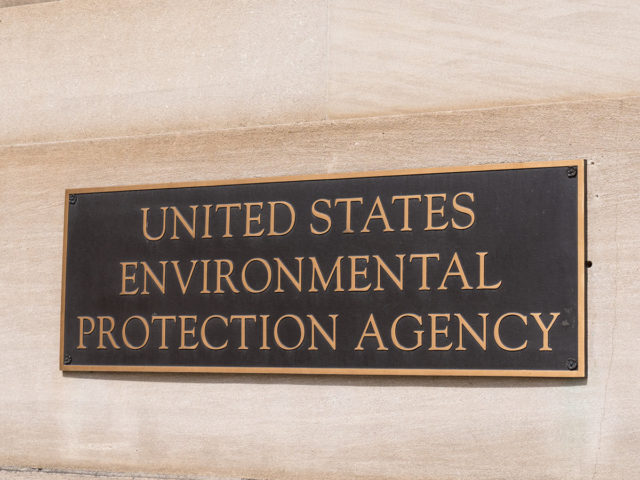
How to get dredging permits…
Some dredging projects may not require any permitting if they remain with a design method and scope of work. This is the reason River Sand is asked so many questions about permitting. We can provide answers to most of your questions about permitting related to dredging whether you are a homeowner, farmer, energy producer, water or wastewater treatment operator, or engineer designing a project.
River Sand, Inc. offers turn-key projects with planning, design, and submittal to obtain any necessary permits for dredging projects of all types.
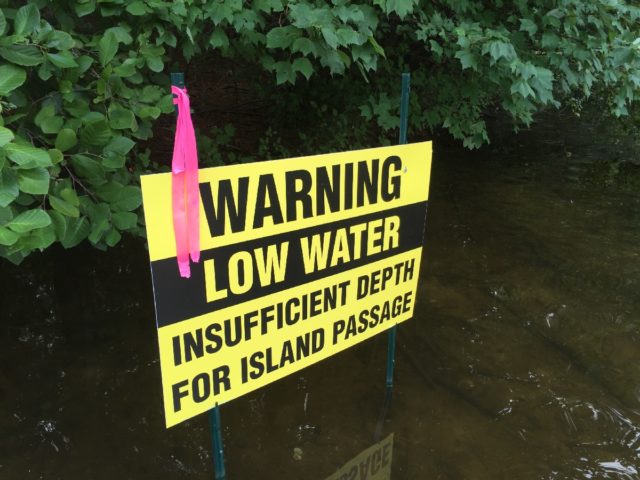
Frequently Asked Questions
Do you have questions about River Sand? We have answers!
It depends. If you have a wastewater lagoon or pond that is not considered to be state waters, then probably not. If your pond or lake is considered state waters or waters of the US which many privately owned water bodies are classified as such, then you may need a permit from the US Army Corps of Engineers. If you will disturb any soil for the dewatering or disposal process, you may need a land disturbance permit.
MSHA regulates the safety aspect related to tailings pond (berms, railings, boats, etc.) and the Environmental Protection Division (EPD) regulates the discharge from the pond.
The USACE has different field offices for different watersheds. You can look online to figure out what office regulates your watershed and call or email for information.
If your pond discharge is not meeting the NPDES suspended sediment, turbidity, or other requirement, cleaning out the pond may be a solution. Dredging can restore the capacity of the pond allowing fine silt to settle and treatment timeframes achieved. NPDES permits are used in mining, construction, and farming. Regardless, ponds are designed for capturing incoming silt and treating water effectively.
PCN stands for pre-construction notice and it is a form to be filled and submitted to the USACE prior to starting work under a nationwide permit.
Related Articles
See what we’ve been saying about
River Sand
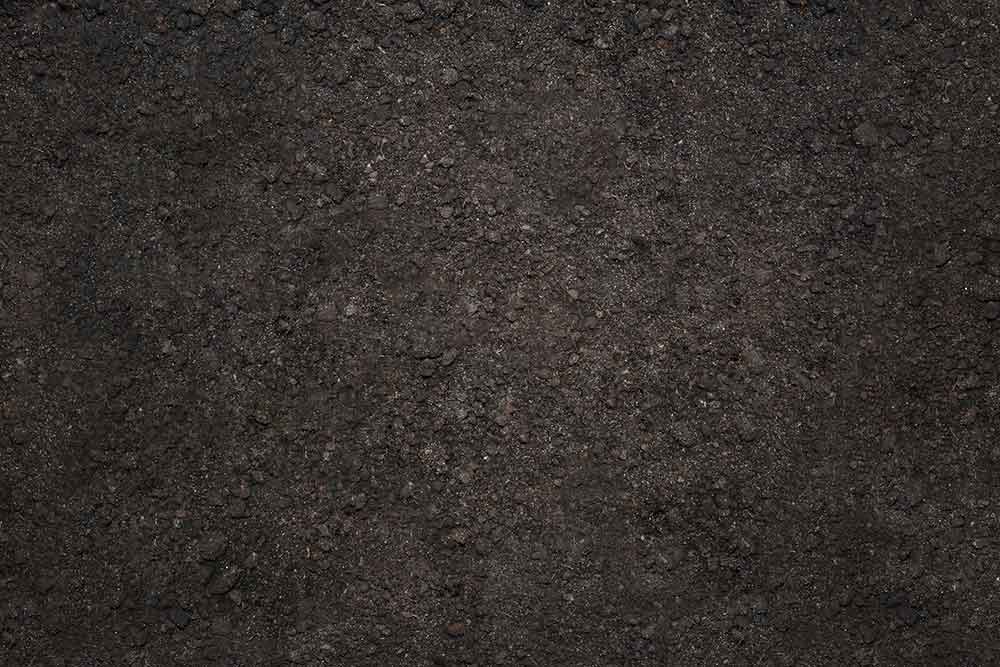
“As a homeowner, I use River Sand Inc. for all of my lawn topdressing needs. I do my own yard work and have found that River Sand Inc. is extremely affordable, extremely professional and their sand is super clean and perfect for what I need. They made me feel like a big time client even though my orders were relatively small.”
— C. Cooper
Related Products
Estimate Your Dredging Project
Other projects and In-Field Mix are calculated separately.

